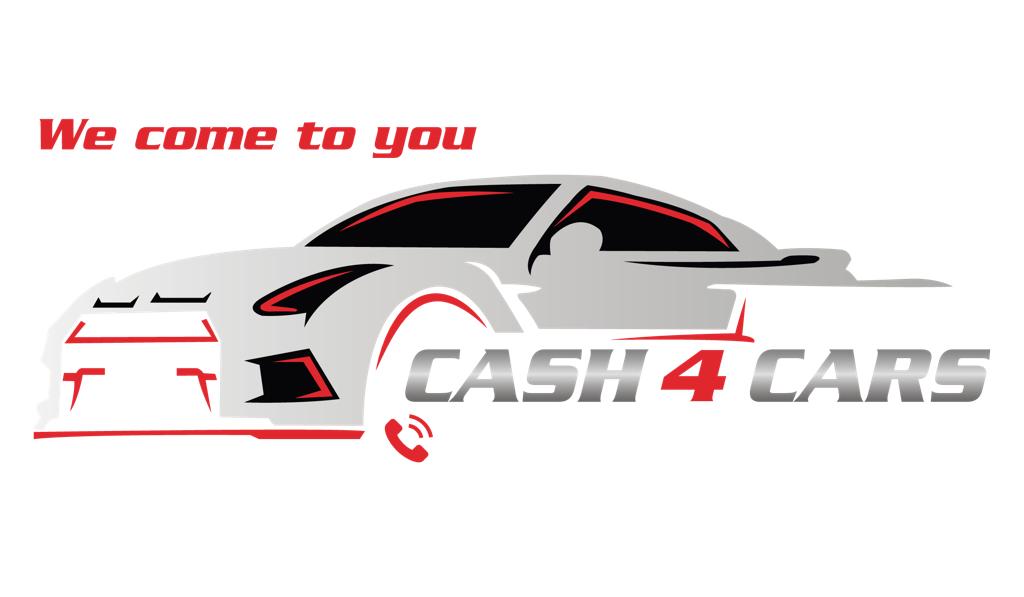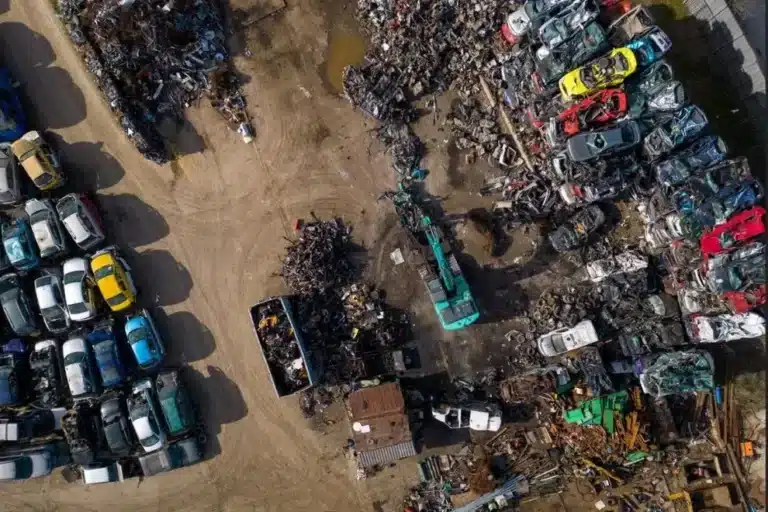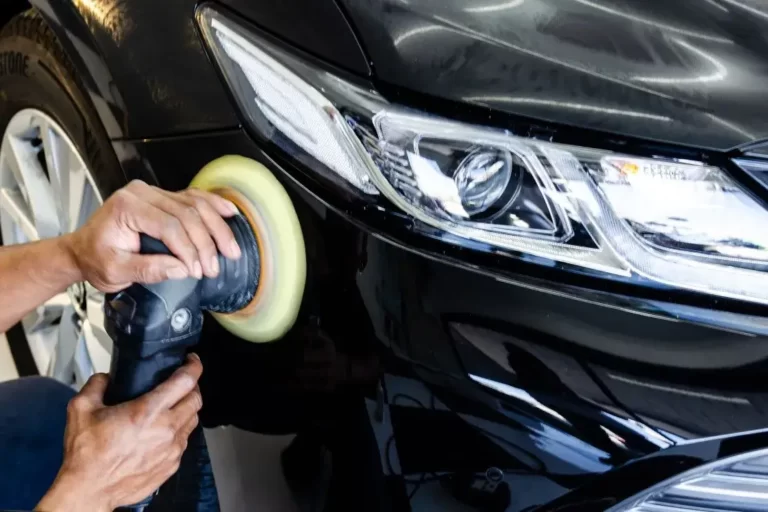How To Tow A Car Without Wheels
At some point, you may encounter a situation where you need to tow a car that cannot roll or steer due to missing wheels or other issues. Towing a car without wheels can be difficult for those unfamiliar with the process.
Having the right equipment, understanding the necessary safety precautions, and properly securing the vehicle to tow it successfully are important. This article explains the steps that should be taken when attempting to tow a car without wheels.
Gather The Necessary Tools And Equipment
Gathering the necessary tools and equipment for towing a car without wheels is an essential process that must be considered. Not only is it required that safety precautions are being taken, but it also ensures the correct towing methods are employed.
Before you can tow a car without wheels, you must gather the proper tools and equipment. These may include:
Towing hitch: A towing hitch is a device that attaches to the towing vehicle, providing a connection point for the trailer. Choosing a towing hitch with the correct weight capacity for your vehicle and the car you intend to tow is crucial.
Chains or straps: Chains or heavy-duty straps will be used to secure the car to the trailer and provide support during the towing process. Opt for straps with a high weight capacity and reliable locking mechanisms to ensure the car remains stable and secure.
Winch: A winch is a mechanical device used to pull, lift, or move heavy objects, such as a car without wheels, onto a trailer. It is essential to select a winch with an appropriate weight capacity and to ensure it is compatible with your trailer.
Trailer: A suitable trailer is necessary to transport the car. Choose a flatbed trailer with the appropriate weight capacity and dimensions to accommodate the car you plan to tow. Some trailers come equipped with built-in winches, which can simplify the towing process.
Once you have gathered the necessary tools and equipment, It is of utmost importance that each item is inspected for any damages before use to avoid any risks while operating them.
Before any work commences on attempting to tow the car, all of these components must be inspected thoroughly to ensure they are in good working condition. Once you have gathered the necessary tools and equipment, it is crucial to inspect each item thoroughly before use. Here’s why:
- Safety: Ensuring your equipment is in good working condition will help minimize the risks of towing a car without wheels. Worn or damaged equipment can compromise the stability and security of the car during transport, leading to accidents or injuries.
- Efficiency: Using well-maintained equipment allows for a smoother and more efficient towing process. Faulty equipment can cause delays or complications, making the task more challenging and time-consuming than necessary.
- Longevity: Regularly inspecting and maintaining your towing equipment ensures its safe operation and helps prolong its lifespan. Taking care of your tools and equipment is a worthwhile investment in the long run.
Secure The Car For Towing
Securing the car for towing is important in ensuring it can be safely transported. This involves attaching a hitch, chains or straps, and winch, evenly distributing the car’s weight and stabilizing it with axle support. Safety precautions should always be taken when securing the car for towing: lifting techniques should only be utilized if necessary, and trailer positioning must ensure that all vehicle parts are secure before loading onto the trailer.
A secure connection ensures the car remains stable during the towing process, reducing the risk of accidents or damage to the vehicle. Continue reading for detailed step-by-step instructions on properly securing a car for towing.
Step 1: Attach the towing hitch
The first step in securing the car for towing is to attach the towing hitch to your towing vehicle. To do this, follow the manufacturer’s instructions provided with the hitch. Generally, this involves:
- Inserting the hitch receiver into the towing vehicle’s hitch mount.
- Inserting the hitch pin to lock the hitch receiver in place.
- Attaching the hitch ball mount to the hitch receiver.
- Tightening the hitch ball mount using the appropriate hitch pin or locking device.
Step 2: Position the chains or straps
Next, position the chains or straps underneath the car’s frame, ensuring they are placed in a crisscross pattern. This pattern is crucial, as it provides better support and helps distribute the car’s weight evenly across the towing connection. When positioning the chains or straps, ensure they are not tangled or twisted, as this can reduce their effectiveness and stability.
Step 3: Attach the winch
The winch is an essential piece of equipment for towing a car without wheels, as it helps to pull the car onto the trailer and hold it in place. To attach the winch:
- Choose a strong anchor point on the car, such as a tow hook or a sturdy part of the frame.
- Attach the winch’s hook or attachment point to the anchor point on the car.
- Ensure the winch is securely fastened and the cable or strap is not twisted or tangled.
Step 4: Secure the car with chains or straps
With the towing hitch, chains or straps, and winch in place, it’s time to secure the car for towing. Follow these steps:
- Connect the chains or straps from the car’s frame to the hitch on the towing vehicle.
- Tighten the chains or straps using a ratchet strap or tensioning device, ensuring the car is lifted off the ground and held securely.
- Double-check the connections to ensure they are secure and that the car is stable.
The Importance of Even Weight Distribution and Stability
Evenly distributing the weight of the car and ensuring it is stable during the towing process is crucial to avoid potential accidents or damage to the vehicle. An uneven weight distribution can cause the car to tilt or sway, which may lead to instability and loss of control during the towing process.
To ensure even weight distribution:
- Position the chains or straps under the car’s frame in a crisscross pattern.
- Use a level to check the car’s position on the trailer, making adjustments as necessary to achieve an even distribution.
- Regularly inspect the connections during the towing process, tightening and adjusting as needed to maintain stability.
Once everything is firmly secured and stable, load the car onto the trailer, taking into account the balance of weight distribution throughout. This helps ensure safe transportation free from potential accidents caused by incorrect loading methods.
Load The Car Onto The Trailer
Loading a car onto a trailer is a very important step. It requires great patience and attention to detail to ensure that the car is secured safely and securely. Following are the steps to complete this task successfully and safely.
Position the trailer
Before loading the car onto the trailer, make sure the trailer is correctly aligned with the vehicle. Ideally, the trailer should be positioned on a flat surface to avoid any imbalances or shifts during the loading process. Also, ensure that the trailer’s ramps (if applicable) are securely in place and that the winch is properly set up.
Align the car with the trailer.
With the trailer in position, align the car with the center of the trailer. This will help evenly distribute the weight and ensure stability during transit. Remember that the car’s center of gravity may differ due to missing wheels, so adjust the positioning accordingly.
Loading the car onto the trailer
Now that the car and trailer are aligned, it’s time to load the car. Follow these steps:
a. Engage the winch and slowly pull the car towards the trailer. Make sure to watch the car’s movement and alignment, making adjustments as needed.
b. As the car reaches the trailer, carefully guide it up the ramps (if applicable), ensuring it remains centered and properly aligned.
c. Once the car is on the trailer, stop the winch and double-check the car’s position. Make any necessary adjustments to ensure the car is centered and secure.
Securing the car in place
With the car on the trailer, it’s essential to secure it properly to prevent any movement during transit. Follow these steps:
a. Attach additional chains or straps to the car’s frame, ensuring they are properly fastened and tensioned. Use a crisscross pattern for added stability and even weight distribution.
b. If your trailer has wheel chocks or other stabilization devices, utilize them to provide extra support and security.
c. Periodically check the tension of the straps or chains throughout the towing process, adjusting as necessary to maintain proper security.
Adjusting the trailer
Depending on the weight and size of the car, you may need to make some adjustments to the trailer to ensure proper balance and stability. Consider the following tips:
a. If your trailer has adjustable axles, position them according to the manufacturer’s recommendations for your car’s specific weight and size.
b. If the car’s weight is causing the trailer to sag or tilt, consider using a weight-distributing hitch to help balance the load evenly across the trailer’s axles.
c. Double-check the trailer’s tire pressure, ensuring it’s within the manufacturer’s recommended range for your load.
By carefully following these steps and paying attention to the positioning and security of the car, you can safely and effectively load a car without wheels onto a trailer. Always prioritize safety and take precautions to ensure a successful towing experience. Once these steps have been completed, they will be ready for towing.
Tow The Car
Adhering to best practices and preparing for potential challenges will ensure a smooth and successful towing experience. In this section, we will discuss the best practices for towing the car and tips for dealing with challenges that may arise during the process, such as rough terrain, obstacles, or inclement weather.
Best Practices for Towing the Car
- Drive at a slow and steady pace: Towing a car without wheels requires extra caution and care. Maintain a slow and steady speed to allow for smooth acceleration and deceleration. This will help you control your towing vehicle and the trailer better.
- Avoid sudden or sharp turns: Sudden or sharp turns can cause the car to shift or become unstable on the trailer. To prevent this, plan your route ahead of time and anticipate any required stops or turns. When approaching a turn, slow down well in advance and navigate the turn with a wider radius to minimize the risk of instability.
- Maintain a safe distance from other vehicles: When towing a car without wheels, it is crucial to maintain a safe distance from other vehicles on the road. This will give you ample time to react to unexpected situations and make necessary adjustments to your speed or direction.
- Use your mirrors and signals: Regularly check your mirrors to ensure that the car remains securely in place on the trailer. In addition, use your signals well in advance when changing lanes or making turns, alerting other drivers of your intentions and giving them time to react.
Tips for Dealing with Potential Challenges
- Rough terrain: When driving on rough or uneven terrain, reduce your speed and maintain a firm grip on the steering wheel. This will help you control your towing vehicle and the trailer better. Avoid extremely rough terrain or choose an alternate route.
- Obstacles: Be vigilant and stay focused on the road ahead to spot any obstacles, such as debris or potholes. If you encounter an obstacle, slow down and carefully navigate around it. Sometimes, stopping and removing the obstacle may be necessary before proceeding.
- Inclement weather: Rain, snow, or fog can create hazardous driving conditions when towing a car without wheels. If you encounter inclement weather, reduce your speed and increase your following distance. Use your headlights and turn signals to increase visibility, and consider pulling over in a safe location if conditions become too dangerous.
- Hills and steep inclines: When ascending or descending a hill, maintain a slow and steady speed and avoid sudden acceleration or deceleration. Use a lower gear to help maintain traction and control, and apply gentle pressure to the brakes when descending to prevent overheating.
Conclusion
In conclusion, the primary takeaways from this blog post emphasize the significance of safety and the use of appropriate equipment when towing a car without wheels. Following the outlined steps, inspecting equipment, and adhering to best practices, you can successfully and safely tow a vehicle in this challenging situation.
It is crucial to remember that if you ever feel uncertain about your ability to tow a car without wheels safely or if you encounter complexities beyond your expertise, seeking professional assistance is always the best course of action. Professionals possess the necessary experience, knowledge, and equipment to address any issues that may arise. Ultimately, your safety and the safety of others on the road should be the top priority when embarking on any towing endeavor.






